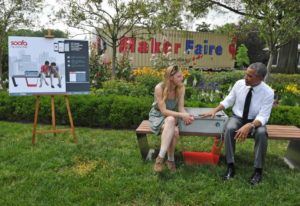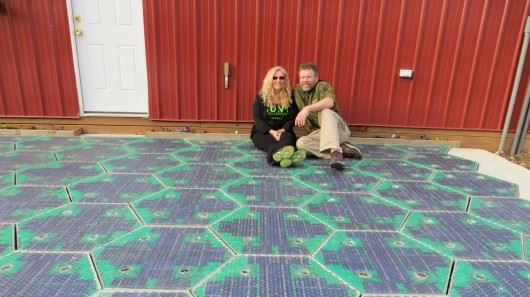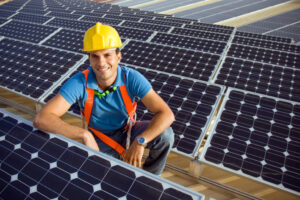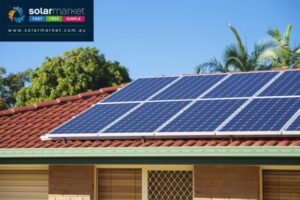Nothing quite captures our imagination like solar power seamlessly being blending into the everyday parts of life. While photovoltaic solar power has become one of the fastest growing sectors in the booming renewable energy industry, it is often out of mind and out of sight perched up on our roofs.
The following inventions have brought solar further into the public space with creative ways to blend it into urban life. Each has made us wonder, why didn’t someone think of this before?
Solar-powered smartphone charging park bench

Yes, that’s American President Barack Obama charging his iPhone just like one of us — only he’s doing it plugged into a park bench. This bench was installed by smart urban furniture company Soofa in both Boston and Cambridge, Massachusetts. The project is aiming to create a smarter urban environment and bring more awareness of the possibilities of solar power. As Sandra Richter, one of the project’s co-founders said, “We wanted to change the way people see its immediate benefits by putting something out into public spaces”. The project has received a lot of interest from university campuses and community organisations. Over 100 of the benches are expected to be installed in the near future.
Solar-powered DJ playground

The Dutch are bringing young DJs out of dark night clubs and into the sunshine with this novel project to encourage creativity, community and education of renewable energy in young people. Dutch company Yalp developed the solar-powered DJ booth Fono for placement in schoolyards and playgrounds to act as a “meeting place for youth that challenges them to express themselves in a creative way with their own music”.
All that’s required to use the booth is your smartphone, which is placed on the wireless dock — connecting your music library to the machine. Users can then play, mix and add effects to their music. Fono has already popped up in Melbourne with plans for more installations in Australia.
Solar freakin’ roadways

Nothing gets people excited like a fantastic, ambitious idea, and there’s nothing quite as ambitious as the idea of paving the entirety of America’s roadways in solar panels to generate the entire nation’s electricity needs.
Solar roadways is the brainchild of Idaho engineering couple Scott and Julie Brusaw. The project gained massive exposure after being posted on crowd-funding website Indiegogo, where it was amplified by prominent social media influencers like Star Trek’s George Takei. The project eventually raised over $2.2m USD. The accompanying viral video Solar FREAKIN’ Roadways passionately preached the endless possibilities of replacing roads with clean electricity producing solar panels: self-heating to melt ice, in-built LED lights to illuminate traffic markings, pressure sensors to warn drivers of obstructions in traffic, and making everything “look like the freaking future”.
While questions about durability and cost have dampened some of the excitement on the concept since the initial social media blast, the project has already received $850,000USD in seed funding from the U.S. government. This money has already been put to use in building a prototype 108 solar panel parking lot. With the buzz and funding generated, the Brusaws are planning more projects and to continue to prove the doubters wrong.
Solar Rubbish Bins

While the first obvious question after looking at this picture would be, “why on earth does a rubbish bin need electricity?”, you’ll be surprised to learn that these bad boys actually saved the city of Philadelphia $900,000US last year.
By employing a solar PV powered monitoring system linked into the city’s waste monitoring system, these smart bins can tell waste managers how full they are and when they need to be emptied while also reducing the need for daily servicing.
BigBelly solar developed the compactor in Massachusetts in 2003 and now claims to have over 15,000 units installed across the world. As the company explains, “the compactors use off-grid solar power to support their low power sensors, compaction system, and bi-directional communications systems for real-time reporting on a bin’s capacity. By allowing municipalities to service the BigBellys only when they are full, they are saving hundreds of thousands of gallons of fuel annually across all BigBelly units.”
By making use of these units, the city of Philadelphia only has to service the units 3 times a week — down from from 3 times a day. The technology has meant a huge increase in waste management efficiency and also less time on the road for diesel-guzzling waste collection trucks.










